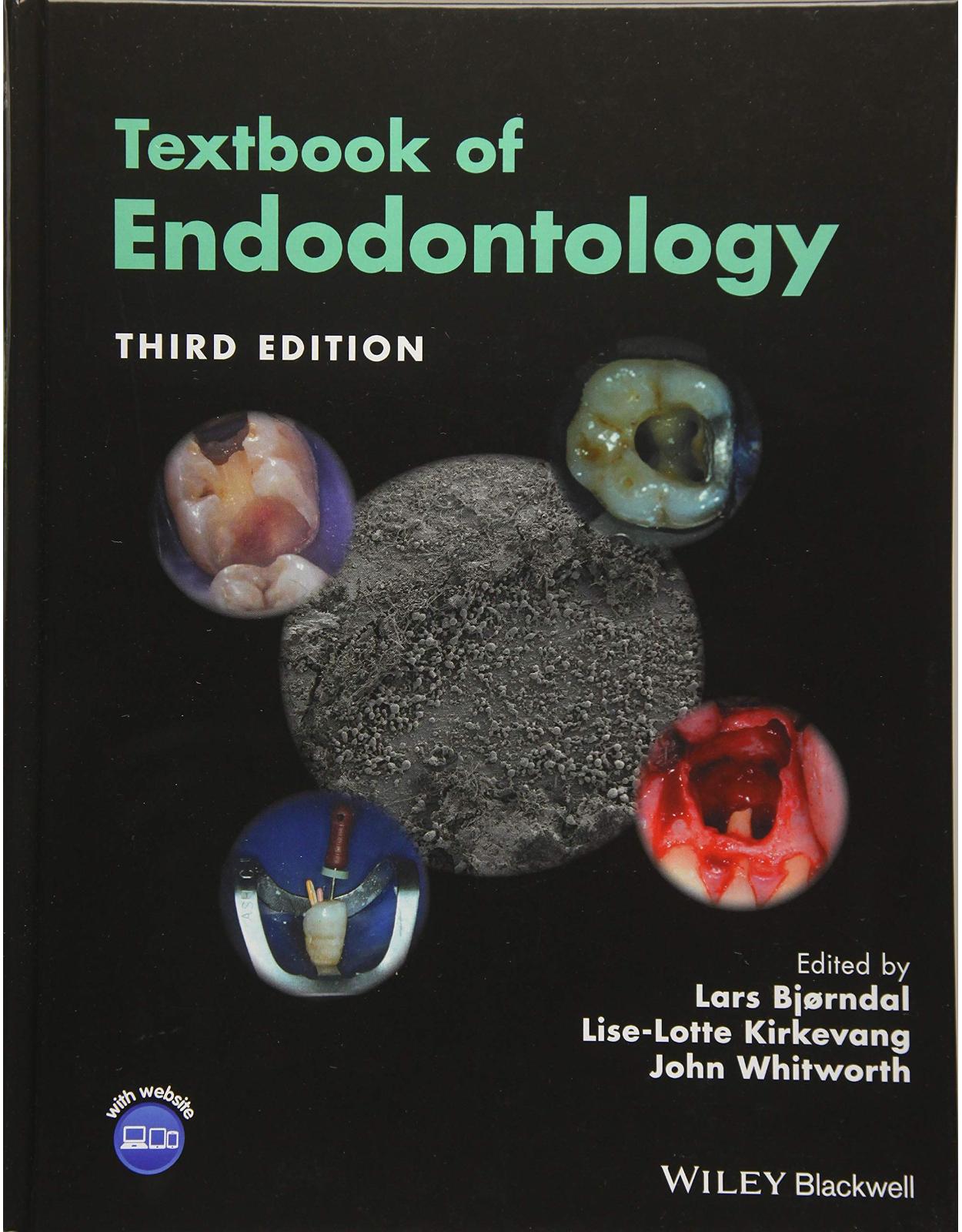
Textbook of Endodontology
Livrare gratis la comenzi peste 500 RON. Pentru celelalte comenzi livrarea este 20 RON.
Disponibilitate: La comanda in aproximativ 4 saptamani
Editura: Wiley
Limba: Engleza
Nr. pagini: 504
Coperta: Hardcover
Dimensiuni: 22.61 x 2.54 x 27.69 cm
An aparitie: 20 July 2018
Description:
The third edition of Textbook of Endodontology provides lucid scholarship and clear discussion of endodontic principles and treatment to dental students and dental practitioners searching for current information on endodontic theories and techniques.
· Completely revised and updated new edition
· Features six new chapters
· Provides pedagogical features to promote understanding
· Includes clinical case studies to put the information in the clinical context
· Illustrated in full color throughout with clinical images and detailed diagrams
· Offers interactive multiple-choice questions on a companion website
Table of Contents:
1 Introduction to endodontology 1
John Whitworth, Lise-Lotte Kirkevang, and Lars Bjørndal
Endodontology 1
The objective of endodontic treatment 2
Clinical problems and solutions 2
The diagnostic dilemma 6
The outcome dilemma 6
The tools of treatment 6
References 7
Part 1 The Vital Pulp
2 The dentin–pulp complex: structure, functions, threats, and response to external injury 11
Lars Bjørndal and Alastair J. Sloan
Introduction 11
The odontoblast and the dentin–pulp complex 11
The dental pulp 17
Immune responses in the dentin–pulp complex 22
Responses of the healthy dentin–pulp complex to nondestructive stimuli 25
The dentin–pulp complex and responses to external injuries 25
Summary 29
References 29
3 Dentinal and pulpal pain 33
Inge Fristad and Matti N¨arhi
Introduction 33
Classification of nerve fibers 33
Morphology of intradental sensory innervation 33
Function of intradental sensory nerves 36
Sensitivity of dentin: hydrodynamic mechanism in pulpal A-fiber activation 38
Responses of intradental nerves to tissue injury and inflammation 40
Local control of pulpal nociceptor activation 44
Dentin hypersensitivity 44
Pain symptoms and pulpal diagnosis 45
References 46
4 Clinical pulp diagnosis and decision-making 49
Kerstin Petersson and Claes Reit
Introduction 49
Evaluation of diagnostic information 49
Diagnostic accuracy 50
Diagnostic strategy 51
Clinical manifestations of pulpal and periapical inflammation 51
Collecting diagnostic information 52
Diagnostic methodology: assessment of pulp vitality 53
Diagnostic methodology: evaluation of reported pain 55
Diagnostic methodology: provocation/inhibition of pain 56
Diagnostic methodology: evaluation of tooth discolorations 58
Diagnostic classification 58
References 59
5 Caries pathology and management in deep stages of lesion formation 61
Lars Bjørndal
Enamel lesions without clinical cavitation 63
Progressive stages of enamel–dentin lesions without surface cavitation and exposure of dentin to the oral environment 65
Cavitation of the dentin lesion 67
Concluding remarks on the natural history of dental caries 72
Strategies for the management of deep caries 72
Detailed treatment protocol for deep caries management 74
References 76
6 Treatment of vital pulp conditions 79
Lars Bjørndal, Helena Fransson, and St´ephane Simon
Introduction 79
Indications and treatment concepts for preserving vital pulp functions 80
Protocols for treatments aiming to preserve the vitality of the exposed pulp 81
Factors of importance in preserving vital pulp functions 87
Capping materials and healing patterns 89
Tissue–biomaterial interaction and pulp healing 91
Pulp-preserving treatments – a controversial treatment? 92
Indications and treatment concepts for treating the irreversibly inflamed vital pulp (pulpectomy) 93
Postoperative considerations 96
Choosing between pulp-preserving vital pulp therapies and pulpectomy 96
Concluding remarks on the avoidance of pulpectomy by vital pulp therapies 97
Revitalization and/or regenerative endodontic procedures 97
References 98
Part 2 The Infected Necrotic Pulp and Apical Periodontitis
7 Apical periodontitis 103
Zvi Metzger, Anda Kfir, and Itzhak Abramovitz
Introduction 103
The nature of apical periodontitis 103
Interactions with the infecting microbiota 107
Treatment and healing of periapical lesions 114
Persistence of periapical lesions 115
Clinical manifestations and diagnostic terminology 117
References 119
8 Microbiology of the inflamed and necrotic pulp 123
Luis E. Ch´avez de Paz
Introduction 123
Historical background 123
Clinical evidence 124
Infections in root-filled teeth with persistent apical periodontitis 126
Microbial pathogenesis of apical periodontitis 128
Association of signs and symptoms with specific bacteria 129
Biological evidence 131
Extraradicular biofilms 133
Ecological determinants for microbial growth in root canals 134
Microbial interactions in biofilms 134
Microbial resistance to antimicrobials 136
Antibiofilm strategies 137
Concluding remarks 138
References 138
9 Clinical diagnosis of pulp necrosis and apical periodontitis 143
Dag Ørstavik
Introduction 143
Clinical features of pulp necrosis and root canal infections 144
Radiographic features of apical periodontitis 147
A strategy for the formulation of a periapical diagnosis 153
Diagnostic challenges during treatment 153
Special cases of endodontic infections 154
An integrated approach to endodontic diagnosis 162
References 165
Part 3 Endodontic Treatment Procedures
10 Endodontic emergencies 171
Peter Jonasson, Maria Pigg, and Lars Bjørndal
Introduction 171
General diagnostic considerations and emergency principles 171
The etiology and pathogenesis behind emergency scenarios 171
Non-endodontic tooth pain – conditions of differential diagnostic interest 181
Management of patients with acute dental pain 182
References 183
11 Controlling the environment – the aseptic working field 185
Merete Markvart and Pia Titterud Sunde Background 185
Preparing teeth for rubber dam isolation and the development of an aseptic working field 186
Rubber dam isolation 187
Application of the rubber dam 189
Disinfection of the working field 189
Aseptic working procedures 190
References 192
12 Access and canal negotiation: the first key procedural steps for successful endodontic treatment 195
Ove A. Peters and Ana Arias
Introduction 195
Principles of tooth development and tooth anatomy 195
Individual analysis of the tooth, preoperative radiographs, and additional CBCT scans in
complex cases 196
Rubber dam isolation 196
Access cavity preparation 197
Canal negotiation 202
References 203
13 Root canal instrumentation 205
Lars Bergmans and Paul Lambrechts
Introduction 205
Principles of root canal instrumentation 205
Root canal system anatomy 206
Anatomical variations in teeth 211
Procedural steps 213
Endodontic instruments 217
Instrumentation techniques 221
Limitations of root canal instrumentation 223
Preventing procedural mishaps 225
References 228
14 Irrigation and disinfection 231
Markus Haapasalo and Ya Shen
Introduction 231
Eradication of microorganisms from the root canal system 231
Microbial reduction by instrumentation 232
Root canal irrigation 232
The apical root canal – a special challenge for irrigation 236
Activation of irrigant flow 237
Use of lasers in irrigation 238
Wide-spectrum sound energy for cleaning the root canal system 239
Intracanal medicaments 240
Concluding remarks 241
References 241
15 Root canal filling 247
15.1 Root canal filling materials 248
Gottfried Schmalz and Birger Thonemann
Introduction 248
Requirements 249
Evaluation of specific materials 253
References 272
15.2 Root canal filling techniques 277
Amir-Taymour Moinzadeh and Hagay Shemesh
Introduction 277
Clinical objectives and in vitro investigations 277
The root canal filling–dentin interface 277
Root canal filling techniques 281
Concluding remarks 289
References 289
Part 4 The Endodontically Treated Tooth
16 The root canal-treated tooth in prosthodontic reconstruction 295
Kishor Gulabivala and Yuan-Ling Ng
Introduction 295
Fracture predilection of root-treated teeth 295
Occlusal loading 298
Root canal-treated teeth as abutments 299
Distribution of remaining tooth structure and restorability 299
Principles of restoration of root-treated teeth 300
Timing of restoration after endodontic treatment 301
Approach to restoration of anterior teeth 302
Characteristics of posts 303
Preparation of the post space 307
Approach to restoration of posterior teeth 308
Core materials 310
Modes of restoration failure in root canal-treated teeth 310
Conclusions 311
References 312
17 Clinical epidemiology: measuring endodontic disease and treatment outcome 315
Lise-Lotte Kirkevang
Introduction 315
Defining a “successful” outcome 315
Study designs commonly used in endodontic research 317
Treatment outcome and risk factors 319
Concluding remarks 323
References 323
18 Endodontic retreatment – the decision-making process 327
Frank Setzer and Bekir Karabucak
Introduction 327
Why might the initial treatment be unsuccessful? 327
When may further intervention be considered? 329
Decision-making – the dentist’s perspective 330
Decision-making – the patient’s perspective 338
References 339
19 Nonsurgical retreatment 343
Thomas Kvist and Luc van der Sluis
Introduction 343
Indications 343
Instrumentation of the root canal 350
Prognosis 357
Summary 357
References 358
20 Surgical endodontics 361
Lise-Lotte Kirkevang, Vibe Rud, and Thomas Kvist
Introduction 361
General outline of the procedure 361
Local anesthesia 363
Flap design, incision, and raising the flap – general considerations 363
Access to the root tip 368
Root-end resection 369
Curettage of the soft-tissue lesion 369
Management of bleeding 370
Root-end preparation 371
Root-end filling 372
Repositioning and suturing of the flap 373
Postoperative measures 374
Follow-up after surgery 375
References 376
Part 5 Additional Considerations
21 Local anesthetic considerations 381
Nigel Foot and John Whitworth
Introduction 381
Fundamentals of local anesthetic action 381
Common local anesthetic agents in endodontics 382
Standard methods of local anesthesia for endodontics 383
Failure to secure anesthesia 385
Why may teeth be difficult to anesthetize? 386
Measures to preempt or overcome challenging local anesthesia 387
Supplementary injections 388
Sedation 390
Complications of local anesthesia 391
References 392
22 Complex orofacial pain conditions 393
Lene Baad-Hansen and Peter Svensson
Introduction 393
Overview of pain mechanisms 393
Diagnostic process 395
Complex orofacial pain conditions 397
Painful posttraumatic trigeminal neuropathy 397
Persistent idiopathic facial pain 398
Atypical odontalgia/persistent dentoalveolar pain 399
Trigeminal neuralgia 399
Trigeminal autonomic cephalalgias 401
Migraine/neurovascular orofacial pain 401
Temporomandibular disorder pain – referred pain 401
Summary 402
References 402
23 Endodontic complications after trauma 405
John Whitworth
Introduction 405
Common dental injuries 405
Dental trauma and its consequences 405
Consequences of pulp breakdown and infection after trauma 411
General considerations in the management of dental trauma 416
Diagnostic quandaries: to remove or review the pulp after trauma? 422
References 424
24 Medicolegal considerations 427
Lars Bjørndal, Shiv Pabary, and John Whitworth
Introduction 427
Ethical considerations – the concepts of beneficence and nonmaleficence 427
Defining best practice 427
Endodontic procedures as complex interventions with scope for imperfection,
oversight and error 428
Examples of errors and accidents 428
Do errors always lead to legal action? 430
Professional indemnity/malpractice insurance 430
Managing risks 431
Conclusion 433
References 434
25 Emergencies in need of urgent referral 435
Tara Renton
Introduction 435
Neurological injuries resulting from endodontic procedures and materials 435
Neurological injuries resulting from periapical inflammation 440
Chemical tissue trauma 441
Severe odontogenic infections that may compromise systemic health 443
Suspicion of locally aggressive or neoplastic lesions 444
Severe or persistent pain 445
Inhalation or aspiration of dental instruments or materials 445
Allergic responses that may compromise systemic health 445
Reporting adverse events 446
Summary 446
References 446
26 The transition to independent practice 451
Peter Musaeus
Introduction 451
The challenge of transition 452
Learning: explanations and strategies 454
Conclusion 460
| An aparitie | 20 July 2018 |
| Autor | Lise-Lotte Kirkevang , John Whitworth , Lars Bjørndal |
| Dimensiuni | 22.61 x 2.54 x 27.69 cm |
| Editura | Wiley |
| Format | Hardcover |
| ISBN | 9781119057314 |
| Limba | Engleza |
| Nr pag | 504 |

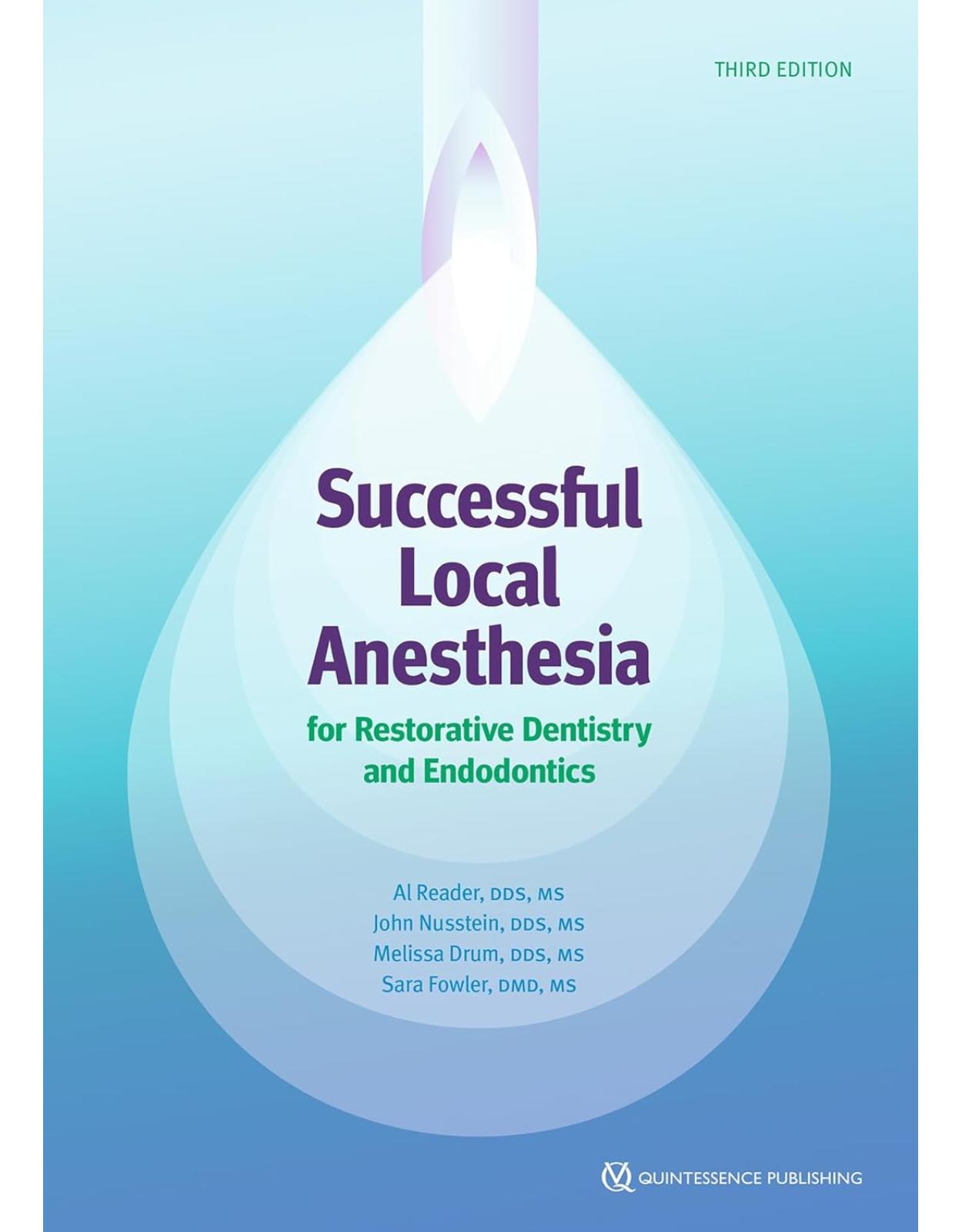
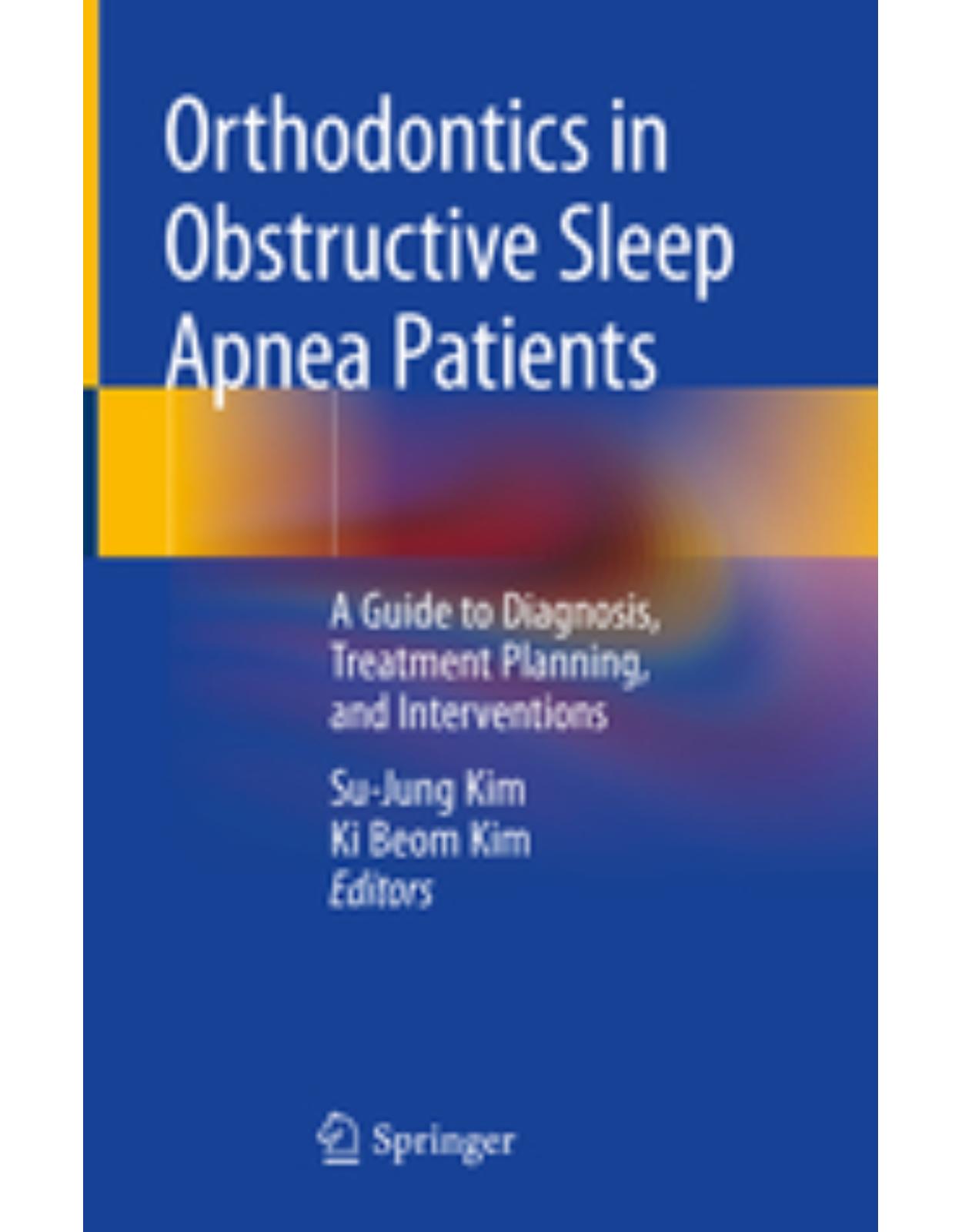
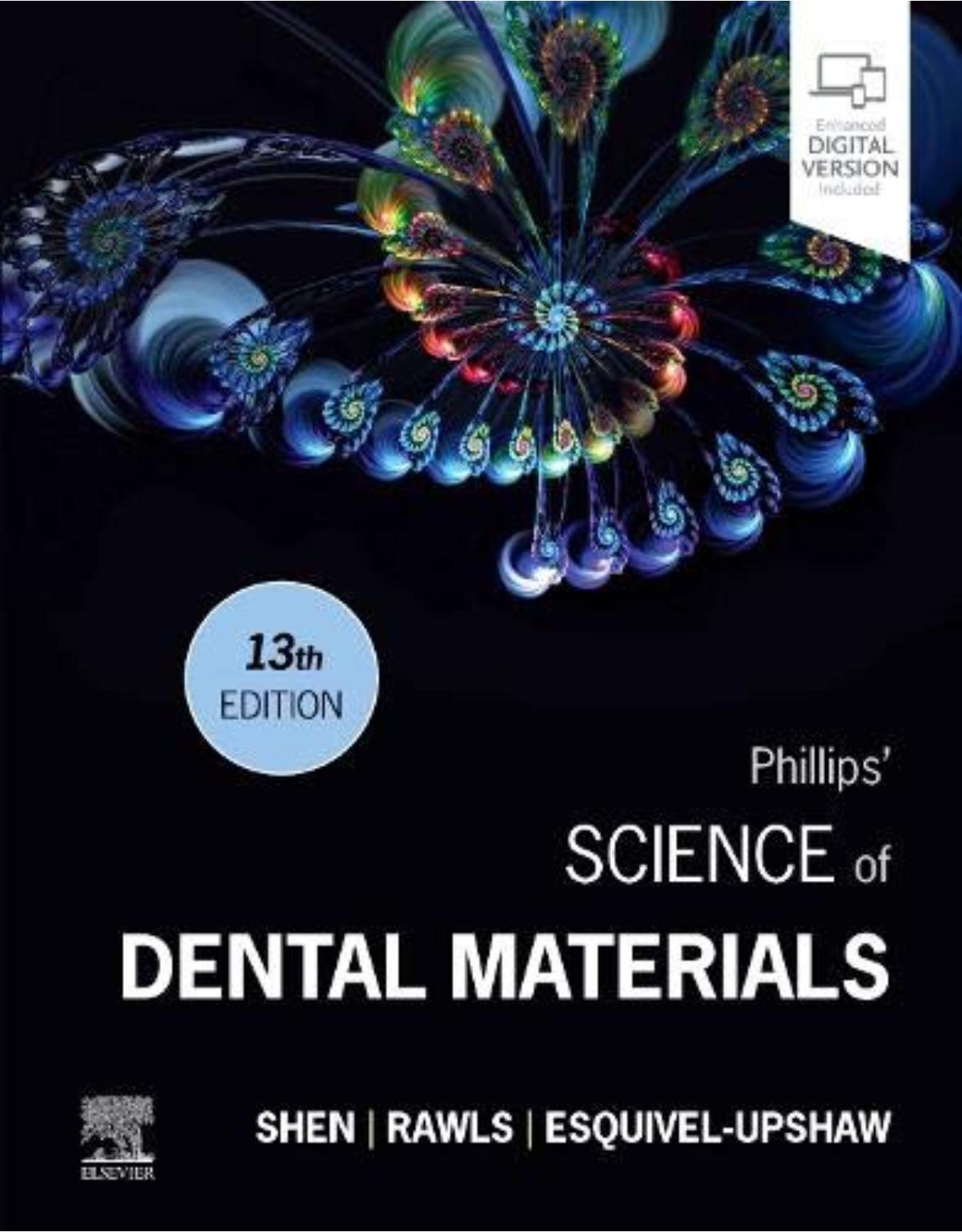
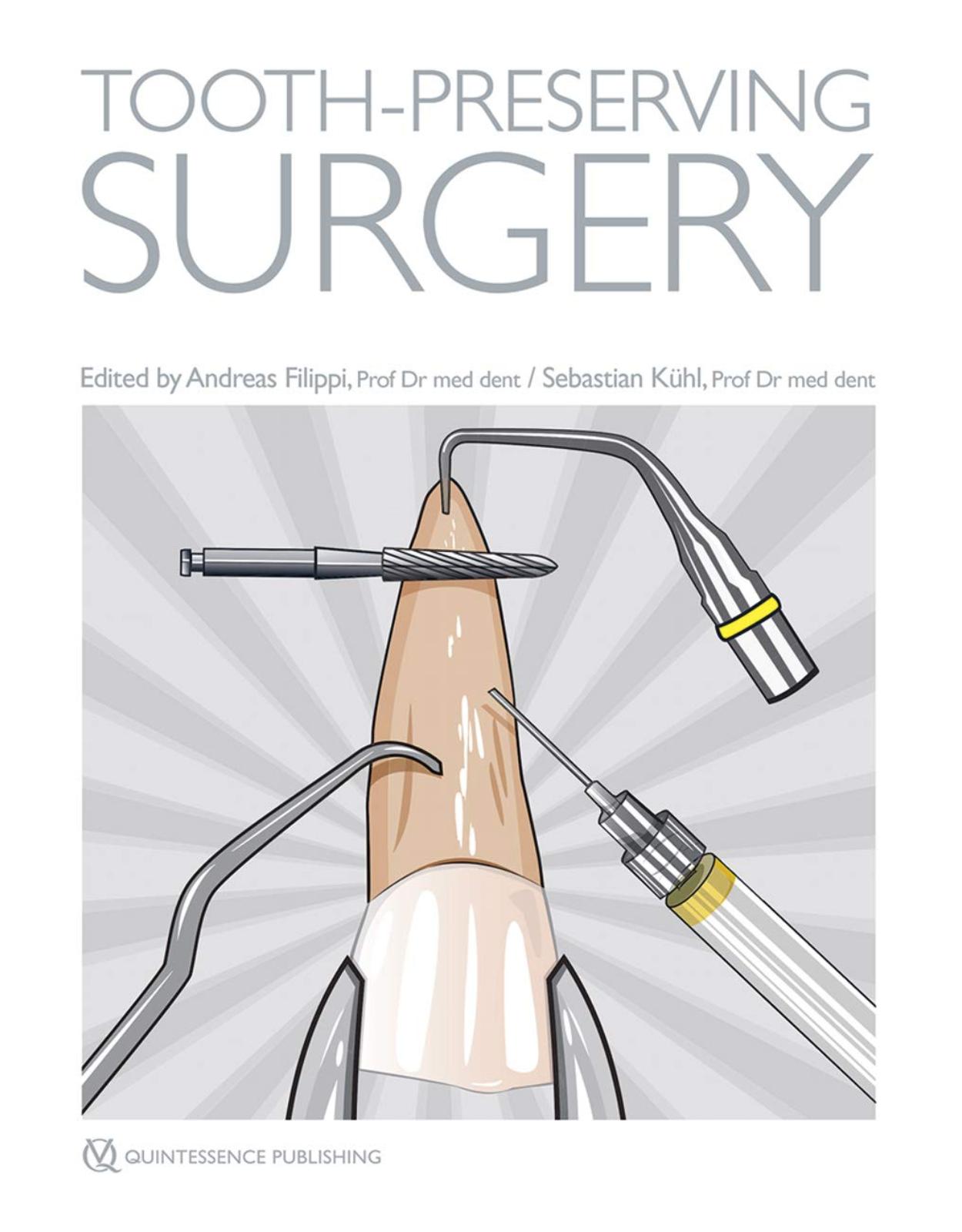
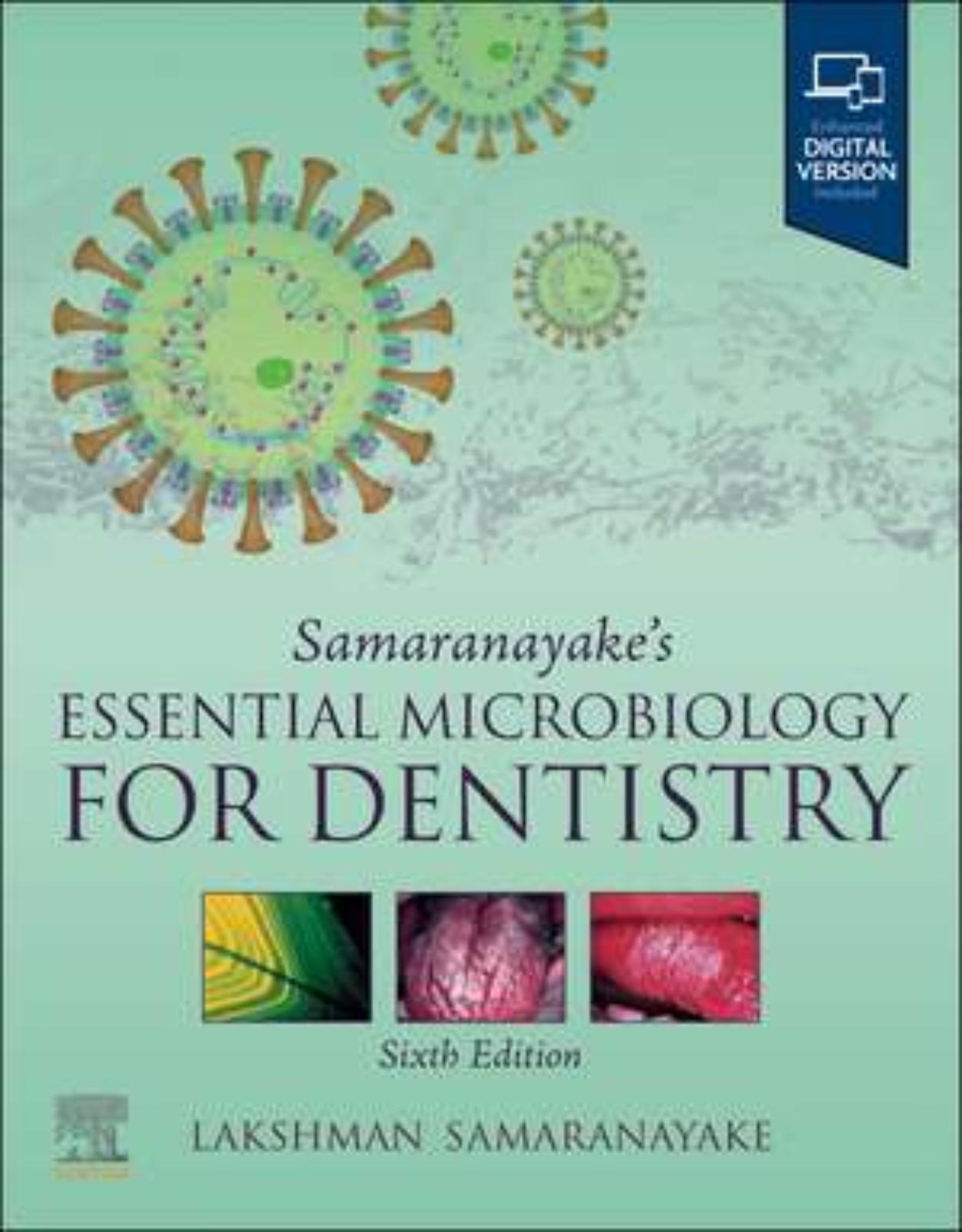
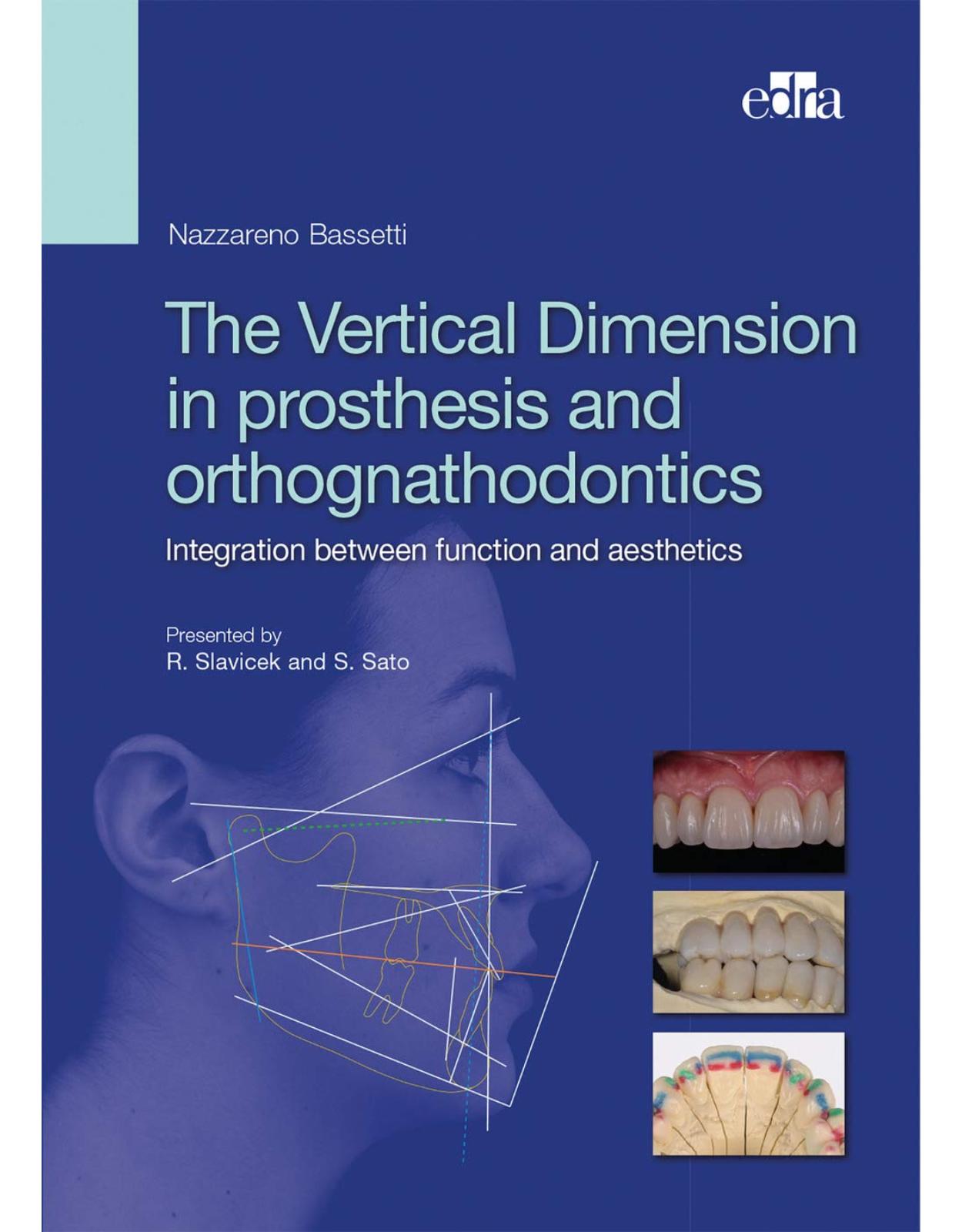
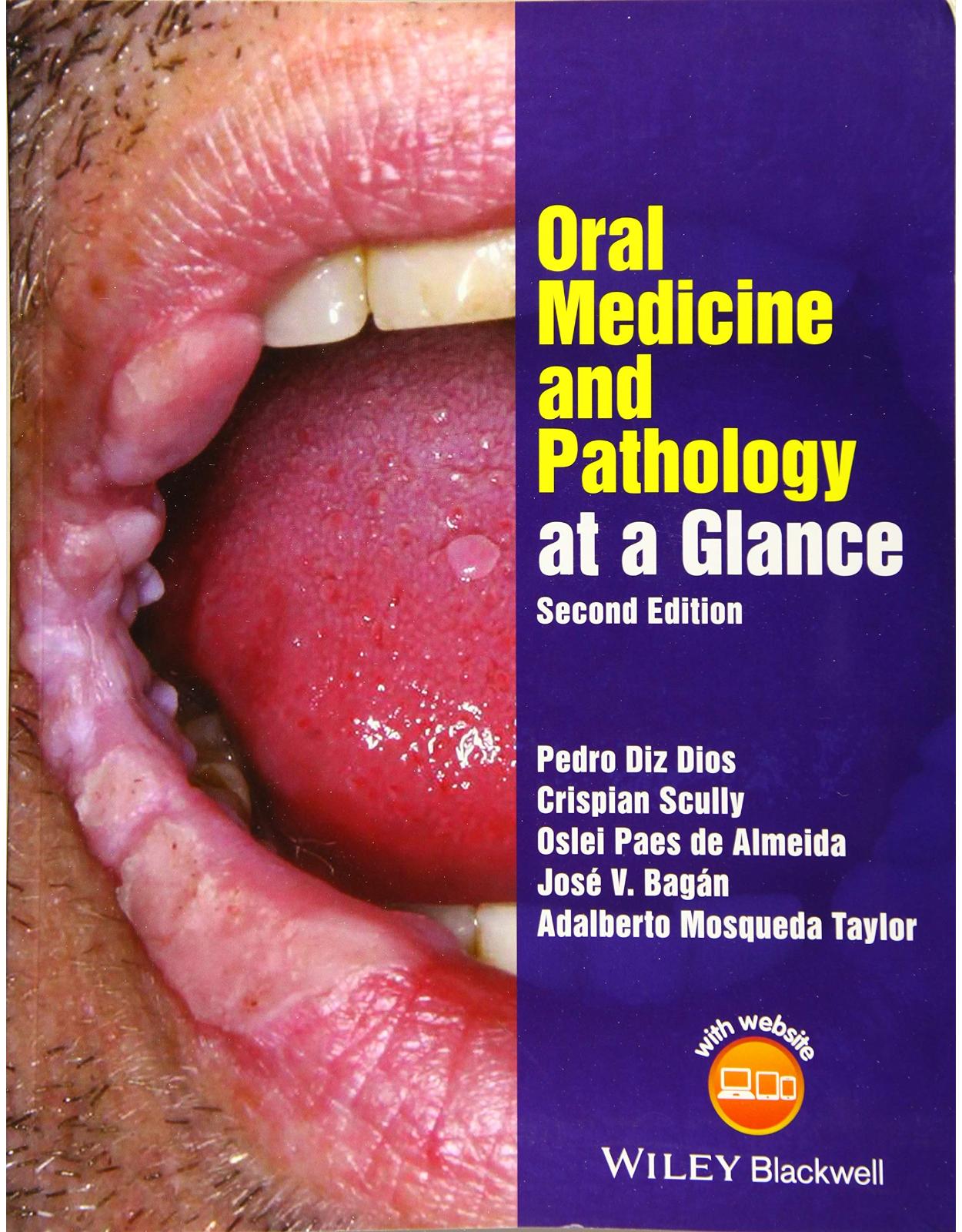
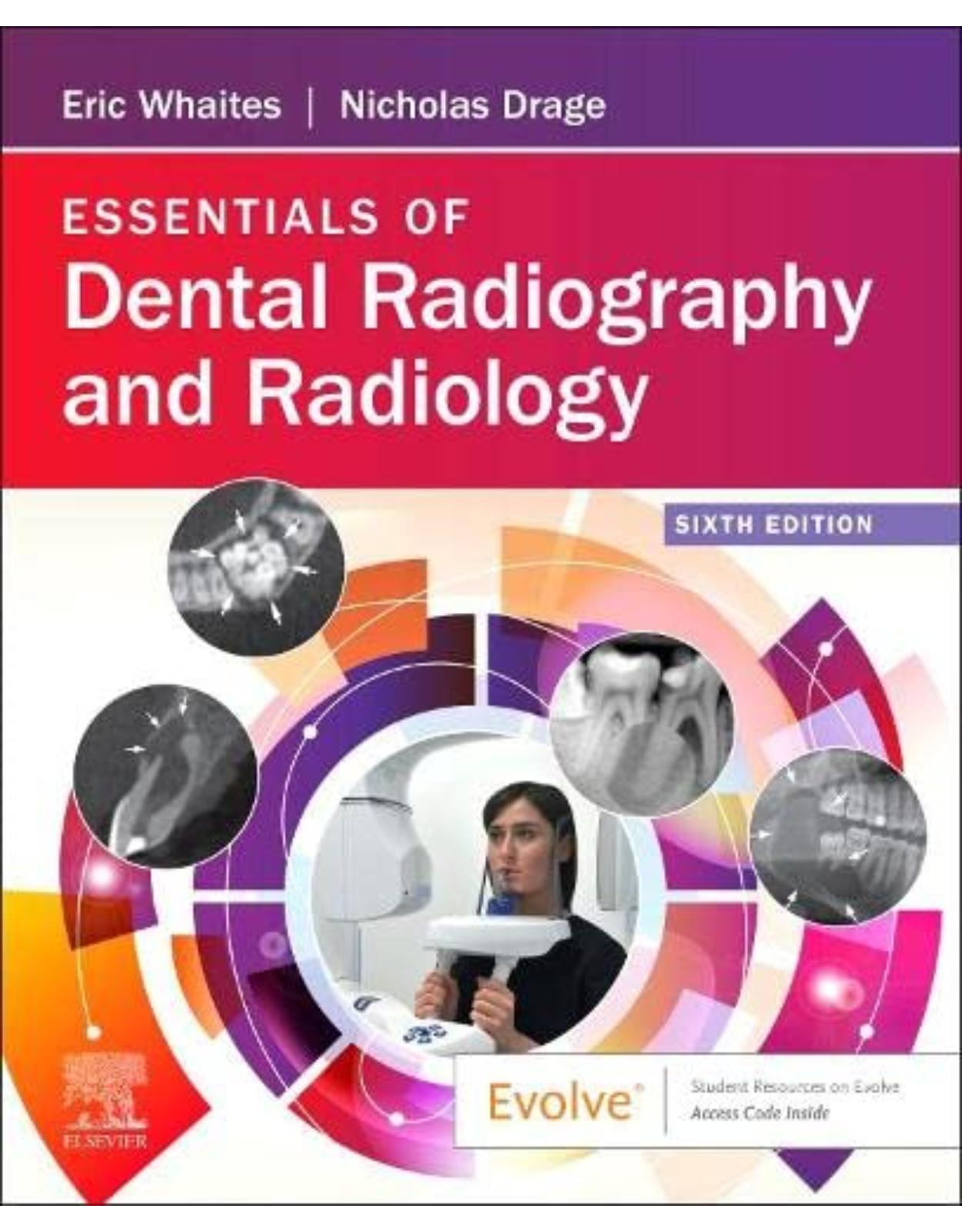
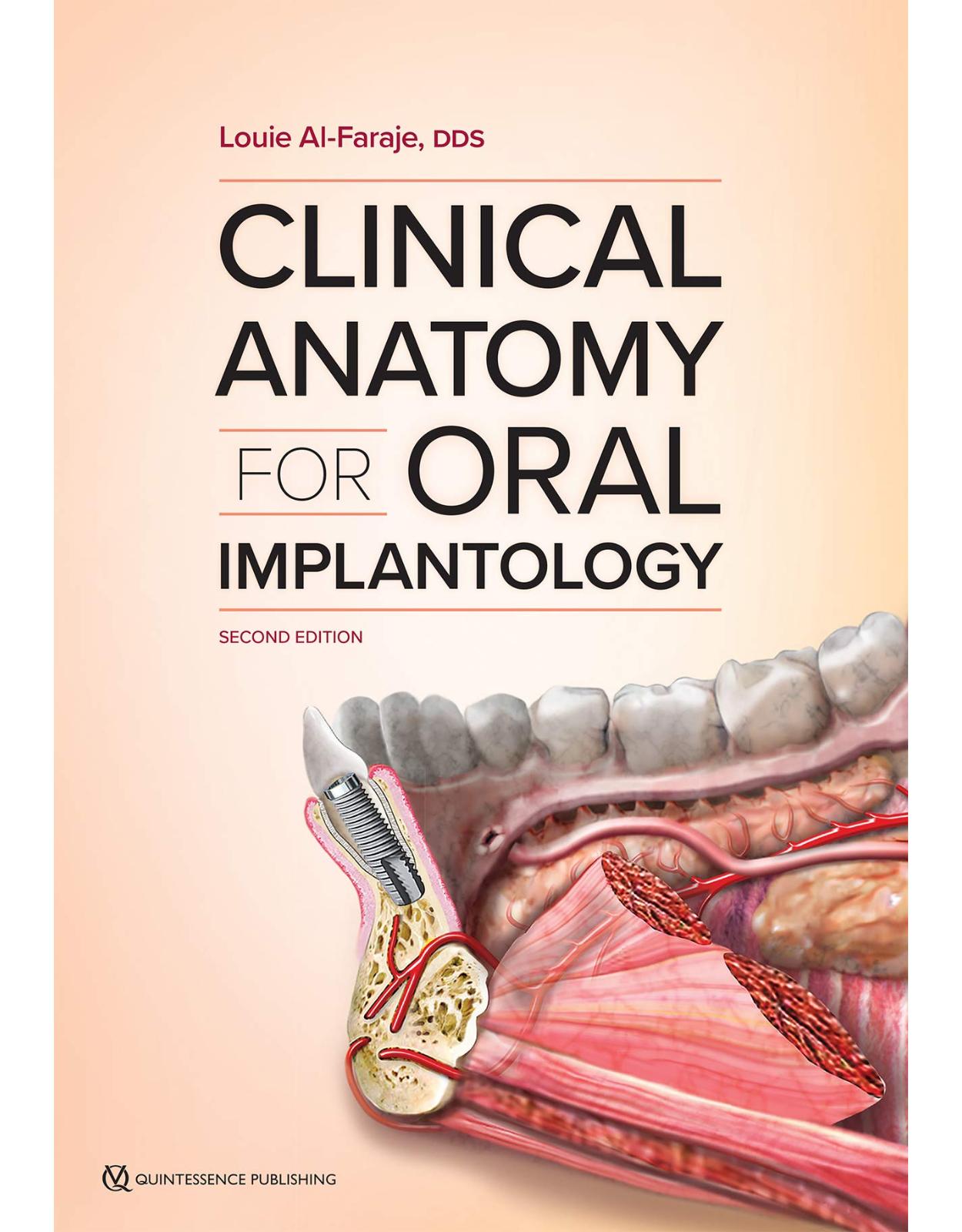
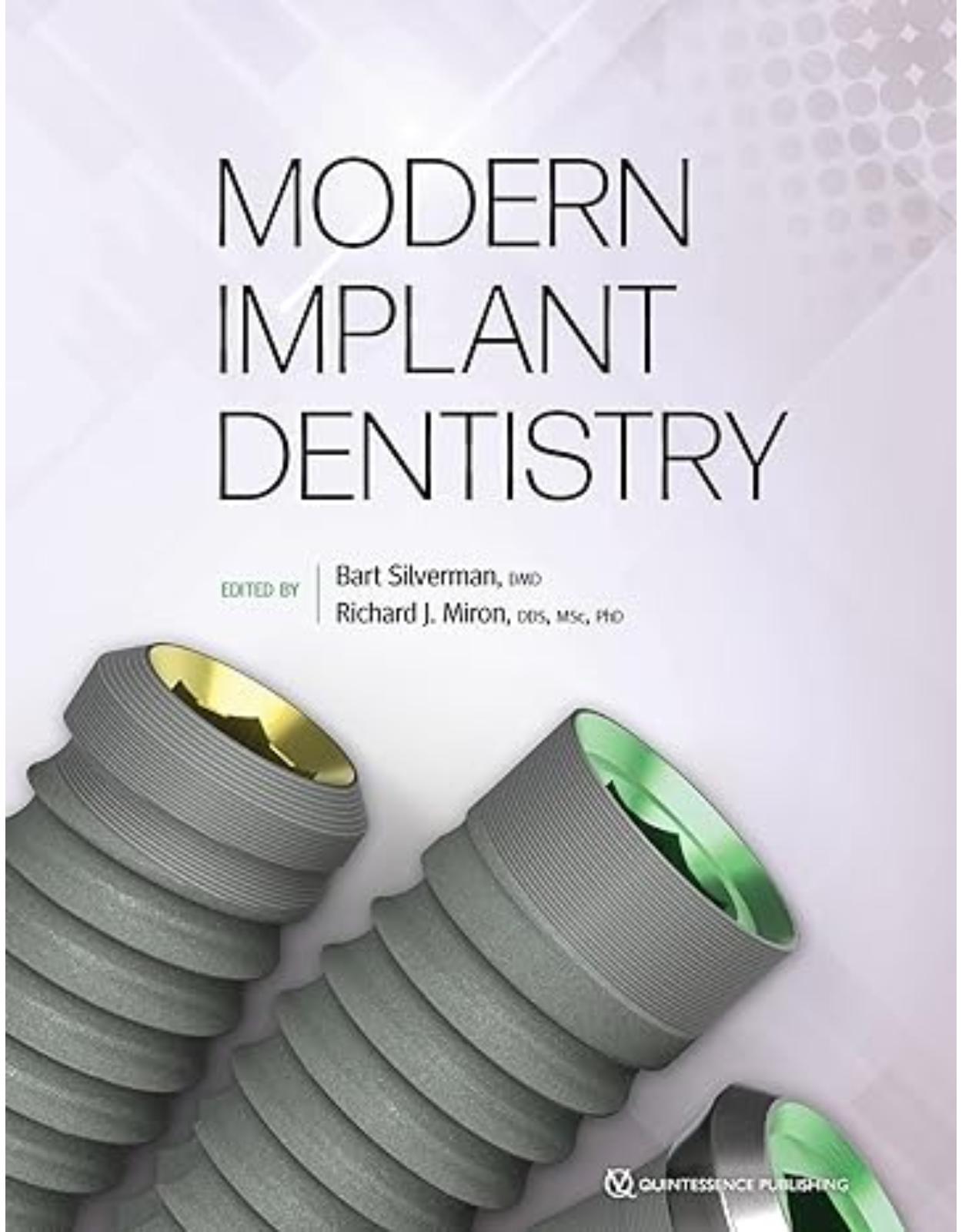
Clientii ebookshop.ro nu au adaugat inca opinii pentru acest produs. Fii primul care adauga o parere, folosind formularul de mai jos.